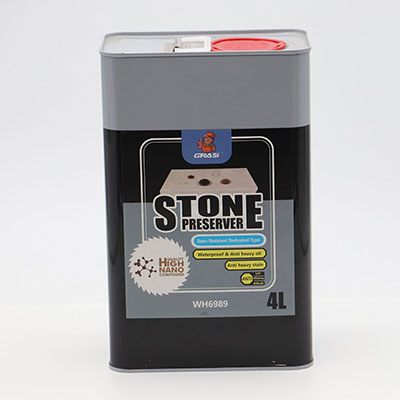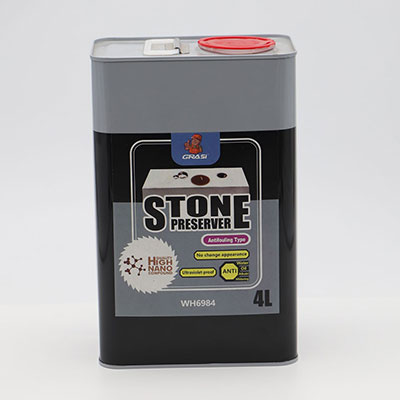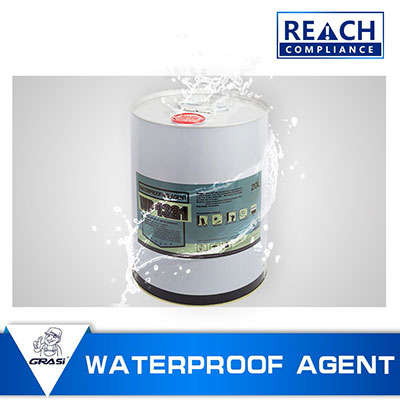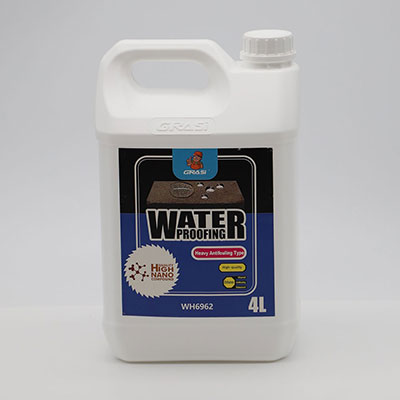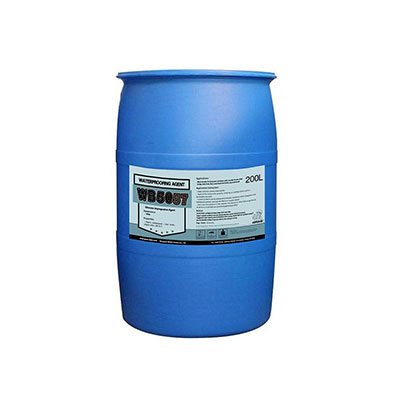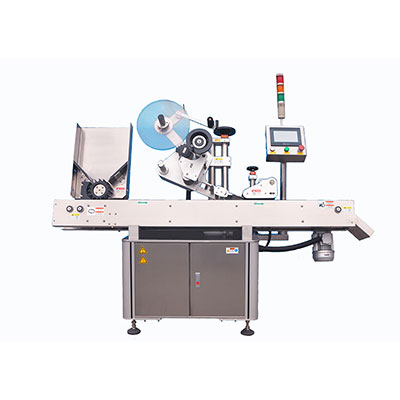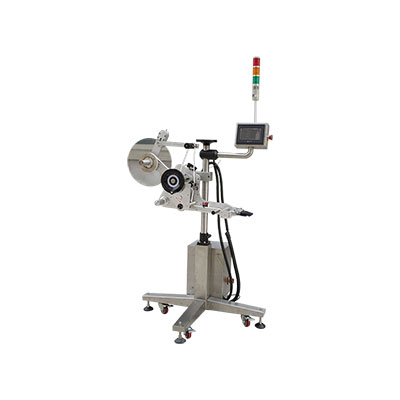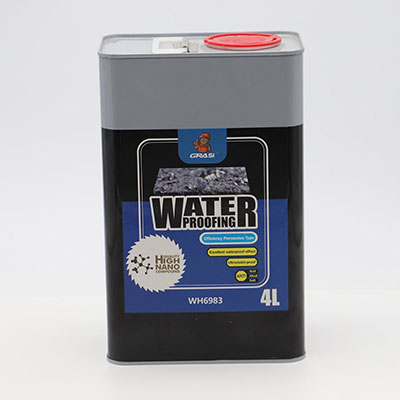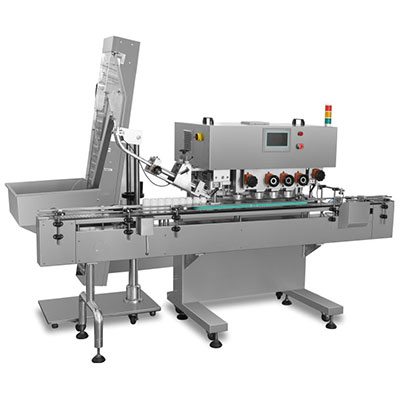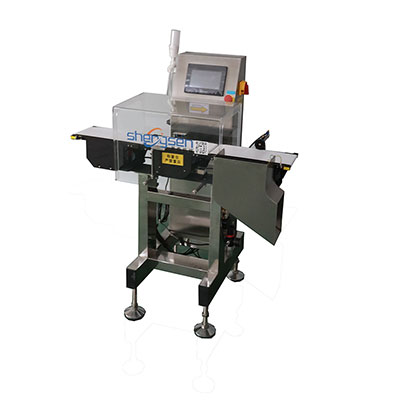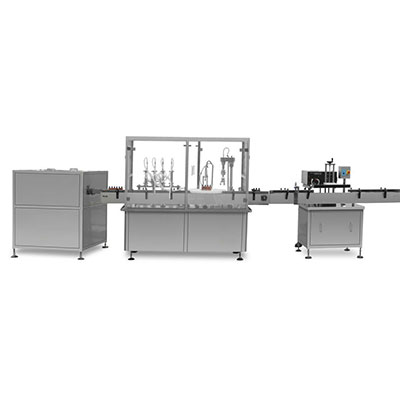Diesel Engine 12V26/32
Application
Using marine diesel oil and heavy oil, the diesel engine 12V26/32 is primarily used for propulsion poweron ships. It can be utilized for the drive power for the main/auxiliary propulsion unit on ocean-going vessels, naval vessels, main/auxiliary propulsion unit on drilling platforms, semi-submersible drilling ships, offshore multi-purpose work ships, large and medium-sized industrial power plants, crude oil and product oil transfer and booster pump stations, compressors, and others.

Technological Advantages
Modularized common rail technology
The use of the world's most advanced high-pressure common-rail fuel system not only reduces the size of the camshaft and the cost of the engine greatly, but also improves the overall performance including the emission performance. The common rail system consists of two common-rail high pressure oil pumps, the high pressure oil tube, and fuel injector with accumulation chamber. The pressure of the system is 1800bar.
By-pass system
As single-stage ultra-high supercharging can not meet the intake requirement under partial-load conditions for ship drive, the diesel engine is designed with a signal collection system which can automatically control the bypass valve. Therefore, sufficient fresh air can be supplied, which makes the diesel engine better suited for marine propulsion.
Dual electronic control system
High supercharging technology
MPC exhaust air system, rate of supercharging: 3:9
Double-stage intercooling technology
Self-cleaning filtration technology
Piston with steel crown and nodular cast-iron skirt
Goetze piston ring
Double-layer alloy bearing liner
Crankcase oil mist detection
Technical Specifications
| Type | Four-stroke, water cooled, supercharged, intake intercooled, direct-injection type combustion chamber | ||||
| Number and arrangement of cylinders | 12-cylinder, V type, 60° | ||||
| Cylinder diameter×Stroke | mm | 260×320 | |||
| Displacement of a single cylinder | L | 17 | |||
| Compression ratio | 16:1 | ||||
| Continuous power | kW | 4170 | |||
| Continuous revolution | r/min | 1000 | |||
| Min. operating speed (steady-state) r/min | 350 | ||||
| Under the operating condition of continuous power | Specific fuel consumption | g/kW.h | ≤184 5% | ||
| Specific oil consumption | g/kW.h | ≤0.5 | |||
| Mean effective pressure | MPa | 2.45 | |||
| Mean speed of piston m/s | 10.7 | ||||
| Exhaust gas temperature (after the turbo) ℃ | 354 | ||||
| Smoke intensity FSU | ≤0.5 | ||||
| Noise dB(A) | ≤120 | ||||
| Emission | The diesel engines with different configuration meet IMO Tier Ⅰor Tier Ⅱ standards. | ||||
| Fuel system | Common rail system | ||||
| Type of fuel | Light diesel oil | ||||
| Direction of rotation | Counterclockwise (face the flywheel end) | ||||
| Cooling mode | Forced cooling | ||||
| Lubrication mode | Pressure lubrication | ||||
| Starting mode | Air motor | ||||
| Net weight (without flywheel) kg | 29500 | ||||
| Overall size (l×b×h) mm | 5830×2240×3355 | ||||
Links:https://www.globefindpro.com/products/47464.html
-
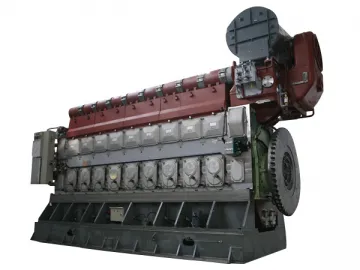 12V32/40 Diesel Engine
12V32/40 Diesel Engine
-
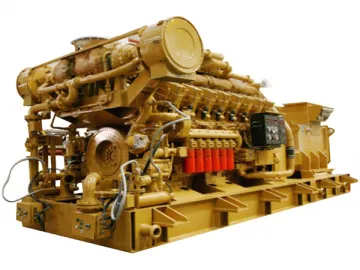 Biogas Generator (500KW/1100KW)
Biogas Generator (500KW/1100KW)
-
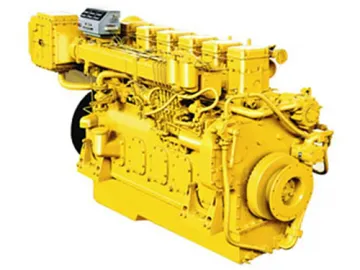 6-Cylinder Marine Engine (330~540kW)
6-Cylinder Marine Engine (330~540kW)
-
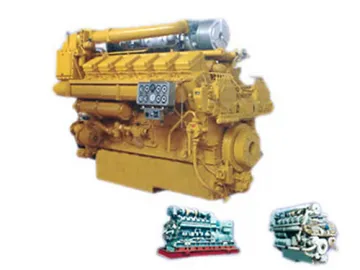 2000 Marine Engine (800~1000KW)
2000 Marine Engine (800~1000KW)
-
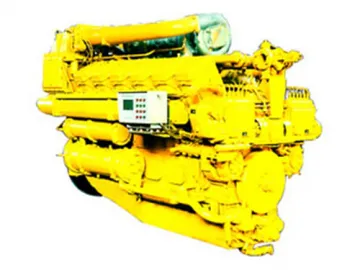 Locomotive Diesel Engine
Locomotive Diesel Engine
-
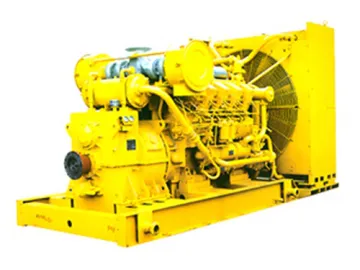 Obverse Chassis Engine Coupler
Obverse Chassis Engine Coupler
-
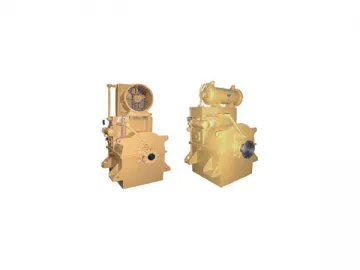 Diesel Engine Hydraulic Coupling Gear Box Set
Diesel Engine Hydraulic Coupling Gear Box Set
-
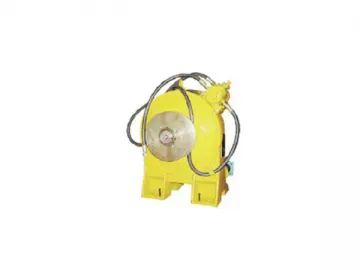 YOJ420, 580 Hydraulic Coupling
YOJ420, 580 Hydraulic Coupling
-
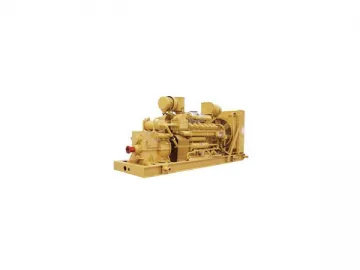 2000 Hydraulic Coupling Gear Reducer
2000 Hydraulic Coupling Gear Reducer
-
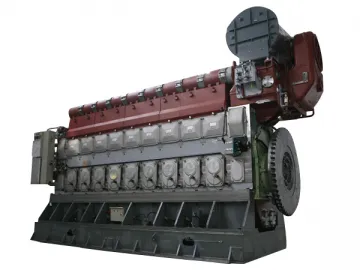 9L 32/40 Diesel Engine
9L 32/40 Diesel Engine
-
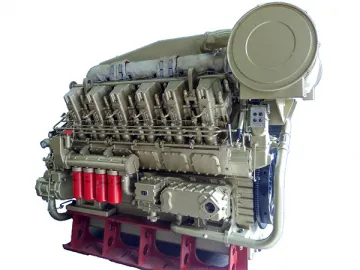 Long-stroke Marine Engine 4000 (1000, 1200Kw)
Long-stroke Marine Engine 4000 (1000, 1200Kw)
-
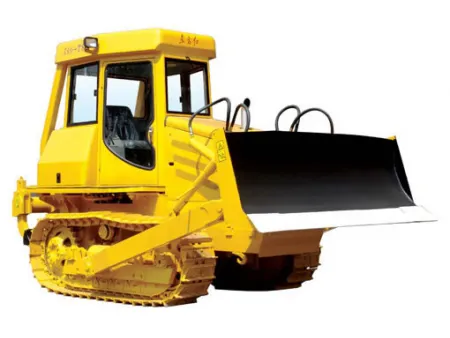 Crawler Bulldozer
Crawler Bulldozer
